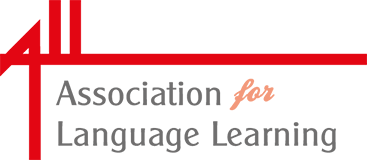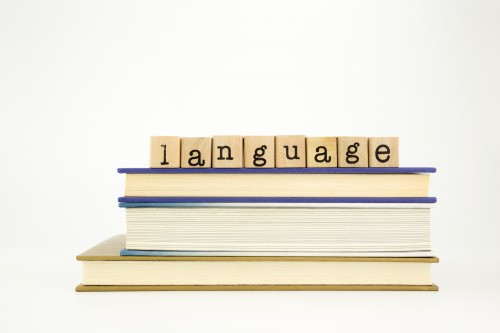This week, the results of the 2015/16 Language Trends survey were published.
This important annual research is carried out by the British Council and Education Development Trust, supported by ALL and ISMLA. The Language Trends Survey 2016 – now in its fourteenth year – identifies the challenges currently facing language teaching in England.
In primary schools:
The survey reports that:
- 42% of primary schools have increased the resources available for language teaching;
- All of the primary schools surveyed now provide language teaching for their pupils;
- Just over one third of primary schools now have access to specialist language teaching expertise within their school; and
- Primary respondents believe that teaching languages in Key Stage 2 broadens pupils’ cultural understanding and confidence, improves literacy and prepares them for the world of work.
However, while more secondary schools are starting to make modifications to accommodate pupils who have learned a language at primary level, there are still concerns about pupils’ level of language knowledge on arrival in secondary school.
In secondary schools:
The survey reports that:
- The proportion of pupils sitting a GCSE in a language varies between 42% in North East England and 64% in Inner London;
- The best opportunities to study languages are still associated with high-performing schools and those with low indices of socio-economic deprivation; and
- Harsh and inconsistent marking of language exams, Ofqual’s finding that languages are more difficult in comparison to other subjects, and the continued prioritisation of maths and science are all cited as creating a ‘deeply demotivating’ situation for pupils and teachers when it comes to studying languages.
Lesser taught languages:
This year’s report also includes an exploration of the situation facing lesser-taught languages, whether by new learners or by pupils whose first language may not be English. It found that the availability of exams is vital – to maintain opportunities for pupils to learn these languages, and to support and recognise the multilingual skills of pupils.
You can find more information about the Language Trends Survey 2015/16 on the Education Development Trust website.

